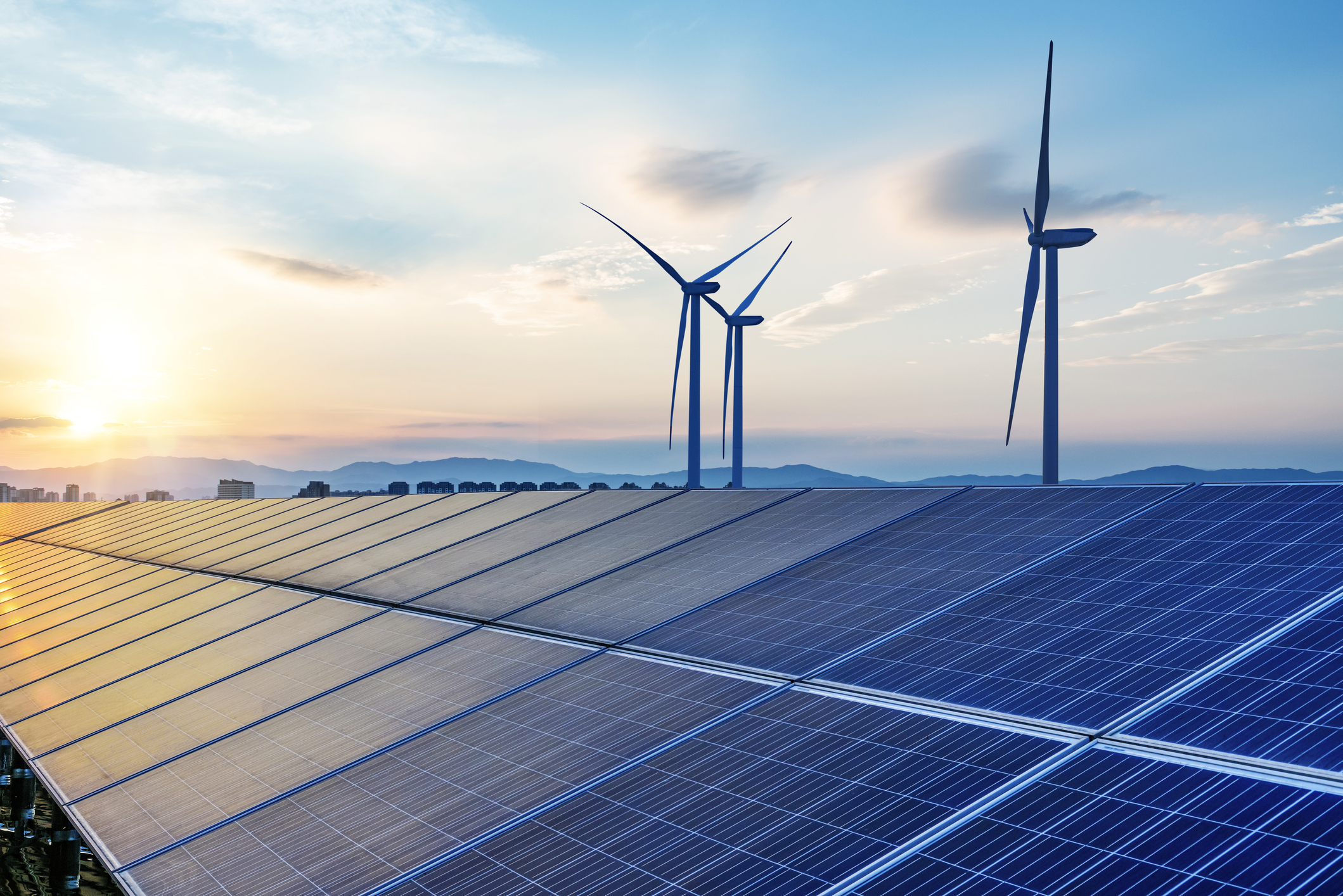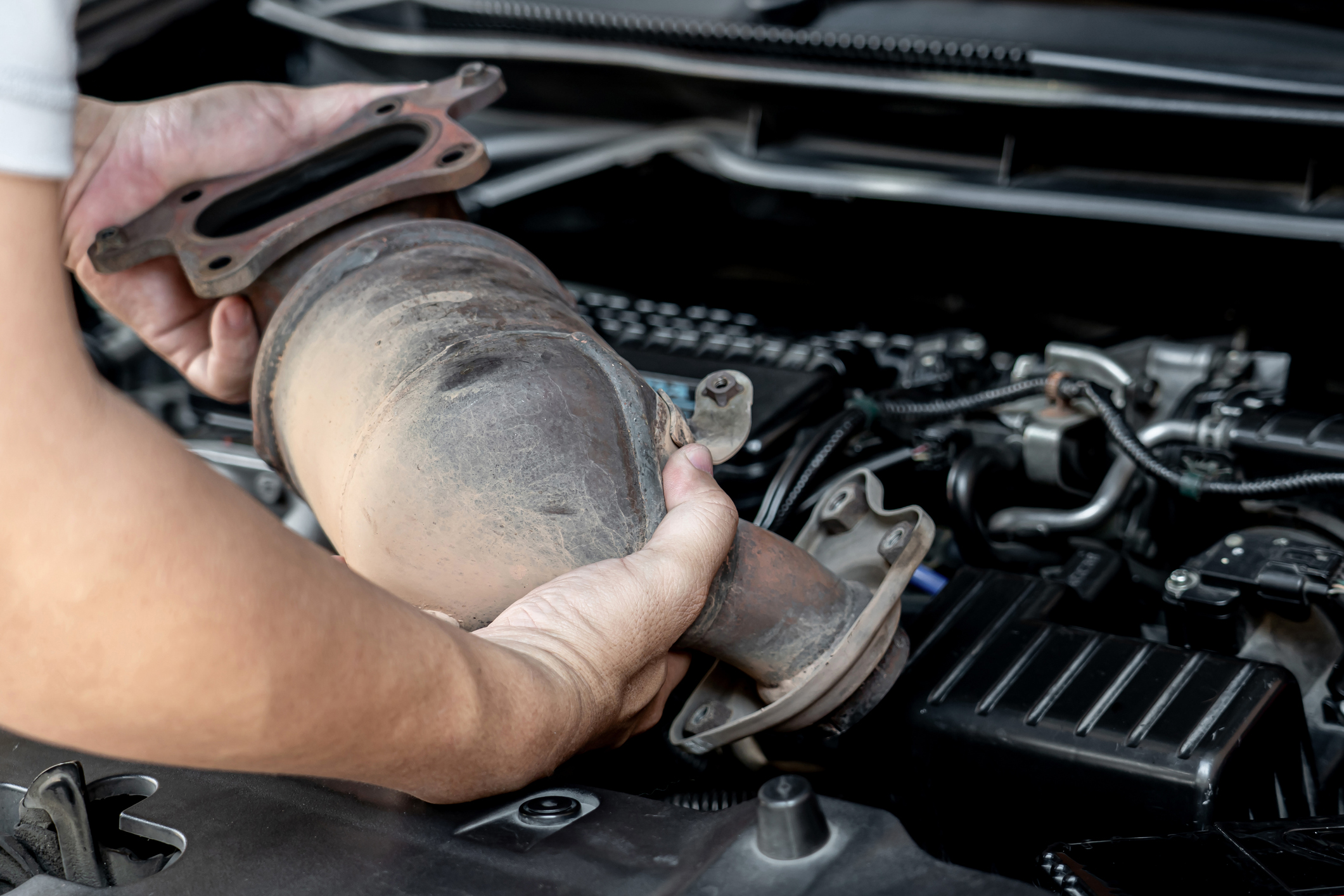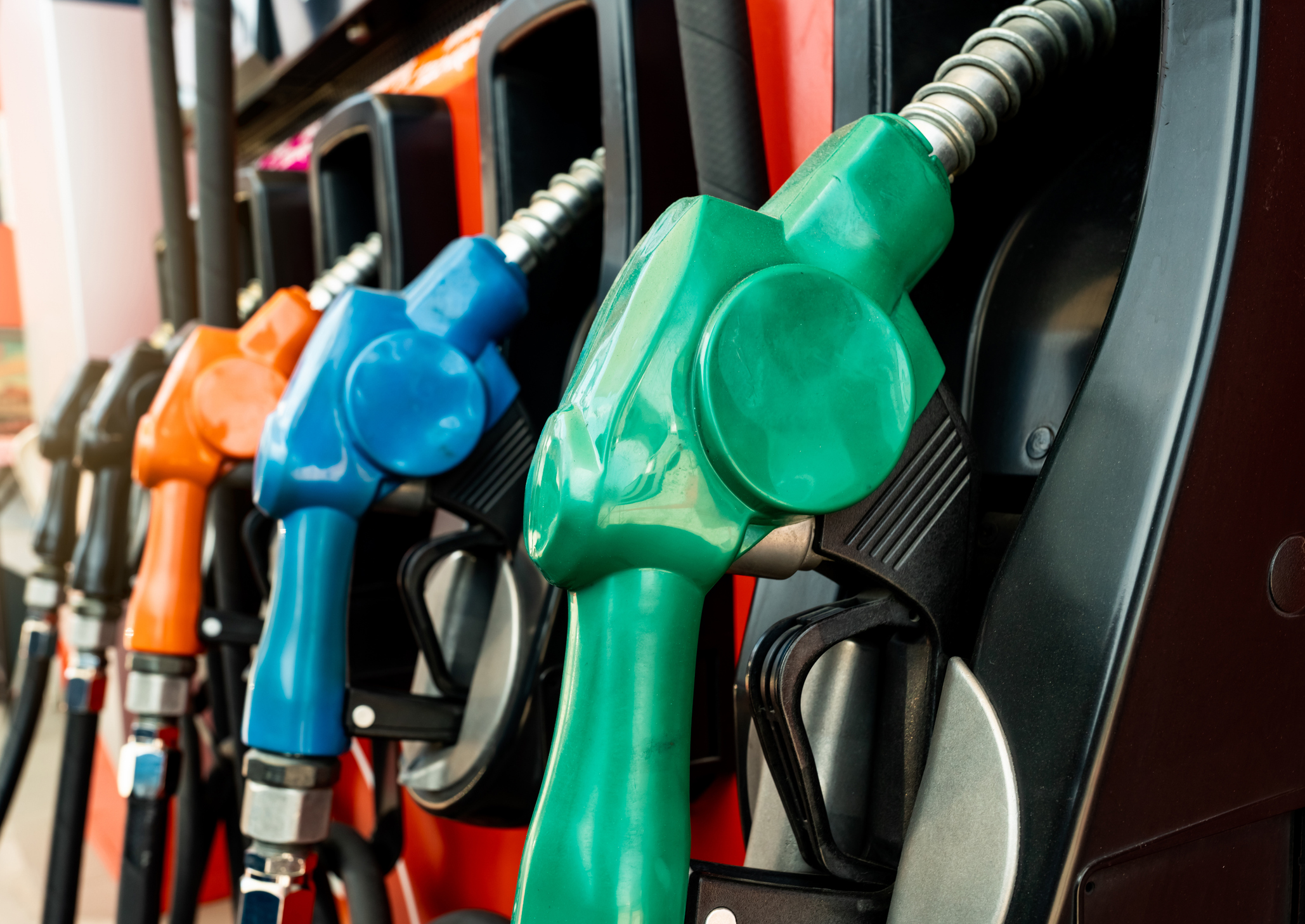
FLORIDA
BLUE-GREEN ALGAE AND SEPTIC TANKS[1]
In response to concern over Florida’s water systems, Governor Ron DeSantis issued an executive orde that created the Blue-Green Algae Task Force after state-wide outbreaks of toxic algae and red tide. The problems drew attention to the state’s Southeast and Southwest regions. Algae plagued water bodies, such as the St. Lucie and Caloosahatchee rivers, and red tide caused fish kills – compromising local tourism and aquaculture industries.
The task force released a report that determined lax oversight of septic tanks is contributing to the state’s unprecedented algae blooms, which compromise the state’s water ways and aquaculture. The task force called for the Florida Department of Environmental Protection to team with the health officials who permit septic tanks to help ensure cleaner waterways and expand oversight of the millions of septic tanks throughout the state.
The Blue-Green Algae’s Task Force released the report to provide general guidance to lawmakers going into the 2020 legislative session. Members of the task force also indicated priority placed on design and funding of needed infrastructure improvements, reducing runoff of nutrients from farms into waterways, and downstream water bodies.
LOCAL INFRASTRUCTURE GRANTS MADE AVAILABLE POST HURRICANE MICHAEL[2]
At the end of September, Governor Ron DeSantis announced $5 million in grants available to six counties in Northwest Florida to aid in local Hurricane Michael recovery. The area, which was hit last October, continues to struggle with recovery efforts. The funds are through the Rural Infrastructure Grant Fund and available to the local governments of Calhoun, Gadsden, Holmes, Jackson, Liberty, and Washington Counties – as long as they apply for infrastructure project funding before November 22. The Rural Infrastructure Fund is administered by the Florida Department of Economic Opportunity.
STATE LAWMAKERS SEEK MORE STATE FUNDING FOR LOCAL INFRASTRUCTURE[3]
During the 2019 session, running from March to May, House members pitched more than 1,600 projects for a combined $3.7 billion. While most proposals never had a hearing, nearly 600 proposals, for a combined $400 million, were approved by the Legislature. Governor Ron DeSantis removed more than 160 projects, citing that solutions may be solved through overall state policy.
Lawmakers are already seeking about $120 million in funding for over 55 local community programs and projects for the upcoming 2020 session. The proposals range from a $10,000 request to fund Art in the Workplace in Broward County (HB 2021) to a $5.5 million projects for right-of-way improvements in the Lacoochee Industrial Area in northeast Pasco County (HB 2099). The largest request is a $50 million (HB 2053) to create a matching grant program for water-quality improvements along the Indian River Lagoon, highlighting Florida’s growing water concerns.
The 2020 legislative session will start January 14.
CALIFORNIA
2019 HIGH SPEED RAILWAY REPORT[4]
The California High-Speed Rail Authority (CHSRA) released its 2019 Sustainability Report: Energizing Economic Revitalization. The annual report covers the Authority’s sustainability activities from January 1 to December 31, 2018 and details the impact of California high-speed rail project toward the State of California’s social equity, environmental, and economic development objectives. Part of the CHSRA’s funding includes improvements to local and regional rail systems to encourage new and more consistent ridership, with more than $713 million to modernization and another $389 million to connectivity. The careful planning of projects also includes energy savings and conservation measures. CHSRA’s investments are an important part of the California’s plan to address their climate change and clean energy goals as the state transitions to a new low-carbon economy.
The leading benchmark for environmental, social, and governance policies and practice, the GRESB Infrastructure Assessment, ranked the state’s high-speed rail five out of five stars. This ranking made California’s high-speed rail system one of the top ranked sustainable rail infrastructure projects in North America.
USDA INVESTMENT IN CALIFORNIA INFRASTRUCTURE[5]
The U.S. Department of Agriculture (USDA) Rural Development announced more than $5 million in investments for three infrastructure improvement projects in California through the USDA Rural Development’s Water and Waste Disposal Loan and Grant program. This funding source can be used for drinking water, storm water, drainage, and waste disposal systems for rural communities with 10,000 or fewer residents – allowing for the following projects: Donner Summit Public Utility District in Placer County received a $336,000 loan for improvements to the Big Bend water system; Woodbridge Sanitary District in San Joaquin County received a $1.5 million loan for improvements to the district’s wastewater system; San Luis Obispo County received a $3.2 million loan for water storage improvements in the community of Cayucos.
USDA Rural Development provides loans and grants to help expand economic opportunities and create jobs in rural areas. Nationally on September 23, USDA announced investing $144 million for 45 projects benefitting 168,000 rural Americans across 25 states. USDA had $2.9 billion available for Water and Environmental Program loans and grants at the beginning of fiscal year 2019. USDA will make additional funding announcements in coming weeks.
SUPREME COURT INFRASTRUCTURE ROUND-UP[6]
Givens v. Mountain Valley Pipeline
The Supreme Court has decided it will not hear a closely watched case over a practice that allows natural gas pipeline developers to access private lands before paying. The case deals with a type of eminent domain known as “quick take”. The plaintiffs were landowner’s requesting that the 300-mile pipeline, through West Virginia and Virginia, should not begin construction on their property without first paying “just compensation,” as guaranteed under the Constitution. This is at least the second time the Supreme Court has declined to review the issue of quick take, as Appellate courts have long allowed pipeline backers to seize private property after securing a preliminary injunction. There has been little disagreement among the lower benches that pipeline firms are entitled to immediate possession of property in such cases. A spokesperson for the Mountain Valley pipeline did not immediately respond to a request for comment.
SDG&E v. California PUC
San Diego Gas and Electric Co. (SDG&E), one of California’s largest utilities, has been denied its chance to make its case to the Supreme Court. SDG&E claims that the Constitution prevents states from holding privately owned power providers liable for wildfire damages without recouping costs from ratepayers. California Public Utilities Commission previously denied San Diego Gas & Electric Co.’s request to recover $379 million in costs from wildfires. SDG&E pointed to Pacific Gas & Electric Co.’s bankruptcy as one high-profile example of such liability. Enacted earlier this year by the California Legislature, the new act may appease some of the concerns raised by the utility in its case. New legislation allows utilities to access a $21 billion wildfire disaster fund – if regulators determine the disasters did not result from the requesting companies’ negligence.
Other denials
Here are some other notable cases the court rejected:
Jonna Corp. v. Sunnyvale, Calif., a property rights dispute between a recycler and a Golden State city over the definition of “solid waste.”
Save Tacoma Water v. Port of Tacoma, a challenge involving local ballot initiatives over industrial water use in Tacoma, Wash.
LAJIM LLC v. General Electric Co., a case born from a citizen suit under the Resource Conservation and Recovery Act.
The court took no action on Competitive Enterprise Institute v. Michael Mann, a defamation lawsuit stemming from a blog post in which conservative interests accused climate scientist Michael Mann of fraud and compared him to convicted child abuser Jerry Sandusky.
TEXAS
COMMERCE DEPARTMENT FUNDS INFRASTRUCTURE IMPROVEMENTS[7]
Texas is the recipient of federal grants to enhance infrastructure projects essential for freight connectivity through the Department of Commerce’s Economic Development Administration. The federal grants are spread across different areas for improvement and locations. In response to the impact of severe weather events across South Texas, $48 million will be provided to assist with addressing mobility disruptions through preparedness efforts and expansion projects. The city of West Orange will receive $5 million for the design and construction of a wastewater treatment plant. Lamar State College-Port Arthur is set to receive $4.8 million for commercial driver training center renovations. The city of Dayton’s improvements for the Gulf Inland Logistics Park and freight rail access will receive $4.8 million and Corpus Christi’s industrial development expansion and roadway improvements will receive $3 million. In 2017, Harvey ravaged the Houston area, resulting in massive flooding and destroying freight and commuter corridors – setting the stage for it receiving the grants. The Economic Development Agency grants aim to enhance competitiveness, as well as help with job creation.
CONSTITUTIONAL AMENDMENTS ON INFRASTRUCTURE UP FOR BALLOT[8]
Texas has several Constitutional Amendments relating to infrastructure that will be voted on in the November ballot elections and have the potential to radically shift the landscape of the state, depending on the voting population.
The following constitutional amendments will be on the ballot on November 5, 2019:
Proposition 2: Water Development Board Bonds – voters will decide whether or not the Texas Water Development Board will continually issue bonds not exceeding $200 million in principal for sewer service projects or for water supply in economically distressed areas.
Proposition 3: Temporary Tax Exemption for Disaster Areas – voters will decide political subdivisions to allow tax exemptions in areas that the governor deems ‘disaster areas’ on a temporary basis.
Proposition 4: Prohibit State Income Tax – voters will decide whether or not to prohibit state lawmakers from imposing an income tax.
Proposition 6: Cancer Prevention and Research Institute Bonds – voters will decide whether or not lawmakers increase the amount of bonds for the Cancer Prevention and Research Institute of Texas from $3 billion to $6 billion.
Proposition 7: Increase Distributions to School Fund – voters decide whether or not to allow the General Land Office and State Board of Education to each give $600 million from the Permanent School Fund’s proceeds to the Available School Fund each year.
Proposition 8: Flood Infrastructure – voters decide whether or not to create a flood infrastructure fund for use by the Texas Water Development Board to finance flood mitigation and control projects.
NEW BRAUNFELS UTILITIES LAUNCHES DRONES FOR FACILITY INSPECTIONS[9]
New Braunfels Utilities (NBU) has invested in new
technologies to look after infrastructure in the form of four drones to do
inspections. The drones will not be used on private property, but will be flown
around water towers and power lines. The utility hopes that the use of
technology will reduce the need for significant manpower for facility
inspections. The four drone operators are all FAA certified and New Braunfels
has been working towards the operation of a drone program since 2017. Personnel
safety and time management are two other benefits that NBU anticipates after
monitoring other utility districts with programs in place. This is particularly
helpful when monitoring aging structures. NBU plans on leasing another drone
equipped with infrared technology to detect hot spots on electrical lines.
[1] https://www.orlandoweekly.com/Blogs/archives/2019/09/26/to-protect-floridas-water-blue-green-algae-task-force-recommends-regulating-septic-tanks
[2] https://www.floridadaily.com/ron-desantis-infrastructure-grants-available-to-local-governments-in-six-counties-hit-by-hurricane-michael/
[3] https://www.heraldtribune.com/news/20190930/florida-legislators-seek-state-money-for-local-projects
[4] https://www.globalrailwayreview.com/news/89631/california-high-speed-rail-sustainability-report/
[5] https://www.oakdaleleader.com/news/usda-invests-california-infrastructure-improvements/
[6] https://www.eenews.net/stories/1061216083
[7] https://www.ttnews.com/articles/commerce-department-grants-target-infrastructure-improvements-texas-california
[8] https://spectrumlocalnews.com/tx/san-antonio/news/2019/10/07/constitutional-amendments-you-will-see-in-november
[9] https://www.govtech.com/products/Texas-Utility-Launches-Drones-to-Manage-Facility-Inspections.html
Latest News
Photo credit: iStock.com/hrui States have grappled with addressing climate change and transitioning toward sustainable energy sources. A critical component of these efforts lies in implementing Renewable Energy Standards, or Renewable Portfolio Standards, which aim to [...]
Photograph taken inside the state capitol of the spectacular 272-foot, 52 million-pound dome. On February 6, 2024, Pennsylvania Governor Josh Shapiro (D) delivered his 2024-25 Budget Address. Shapiro's 2024 budget aims to provide tangible benefits [...]
Photo credit: iStock.com/NongAsimo Catalytic converters are a very valuable car part located beneath most motor vehicles. The devices convert harmful pollutants in internal combustion engine (ICE) exhaust gases into less toxic ones. According to David [...]
Photo credit: iStock.com/Fahroni In most of the United States, you can pull into a gas station and pump your own gas. However, according to the National Association of Convenience Stores, self-serve gas stations did not [...]






Stay In Touch